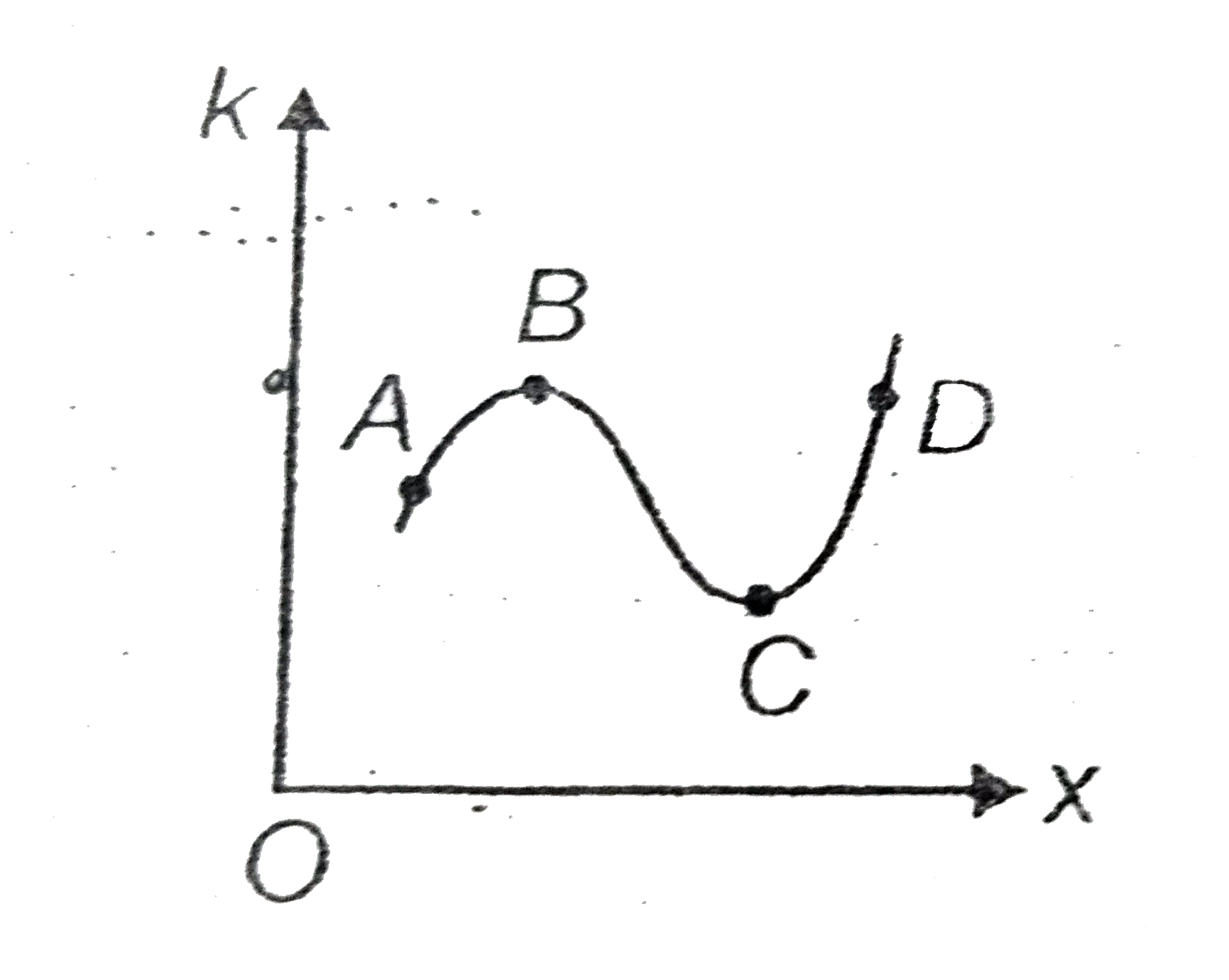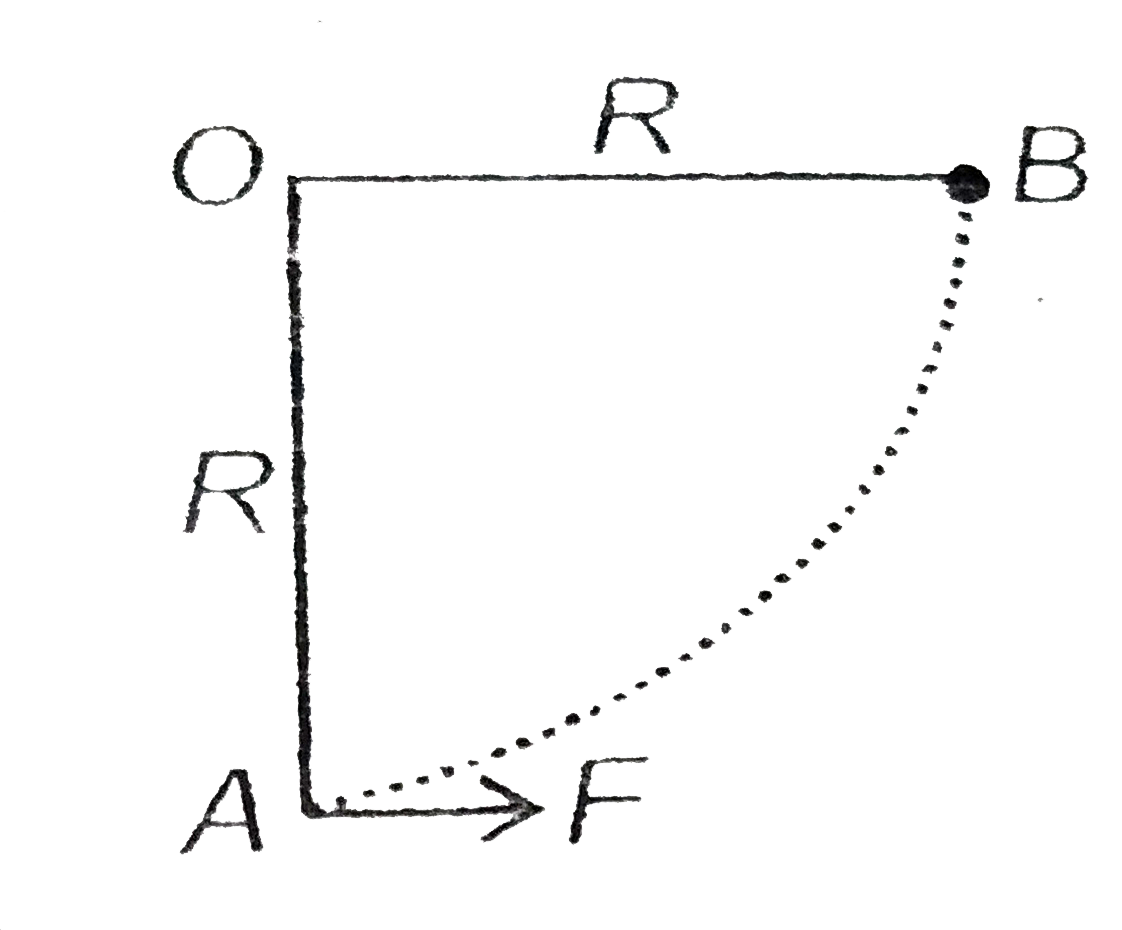A : The equilibrium of a charged particle under the action of electrostatic force alone can never be stable.
R : Coulombian force is an action-reaction pair.
If both Assertion & Reason are true and the reason is the correct explanation of the assertion, then mark (1).
If both Assertion & Reason are true but the reason is not the correct explanation of the assertion, then mark (2).
If Assertion is true statement but Reason is false, then mark (3).
If both Assertion and Reason are false statements, then mark (4).
The correct Answer is:B
To solve the given problem, we need to analyze the assertion (A) and the reason (R) provided in the question.
Step 1: Analyze the Assertion (A)
The assertion states that "The equilibrium of a charged particle under the action of electrostatic force alone can never be stable."
1. Understanding Equilibrium: A charged particle is said to be in equilibrium when the net force acting on it is zero.
2. Types of Equilibrium: There are two types of equilibrium: stable and unstable. In stable equilibrium, if the particle is slightly displaced, it experiences a restoring force that brings it back to its original position. In unstable equilibrium, any slight displacement leads to a force that moves the particle further away from its original position.
3. Electrostatic Forces: For a charged particle, the electrostatic force depends on the configuration of other charges around it. If we consider a single positive charge, it will repel other positive charges and attract negative charges.
4. Conclusion on Stability: If a positive charge is placed in a field created by other positive charges, any small displacement will result in a force that pushes it further away, indicating that it is in unstable equilibrium. Thus, the assertion is true.
Step 2: Analyze the Reason (R)
The reason states that "Coulombian force is an action-reaction pair."
1. Understanding Action-Reaction Pairs: According to Newton's third law, for every action, there is an equal and opposite reaction. This means that if charge Q1 exerts a force on charge Q2, then charge Q2 exerts an equal and opposite force on charge Q1.
2. Coulomb's Law: The forces between two charges are equal in magnitude and opposite in direction, confirming that they form action-reaction pairs.
3. Relation to Assertion: While it is true that Coulombian forces are action-reaction pairs, this fact does not explain why a charged particle cannot be in stable equilibrium under electrostatic forces alone. The stability of equilibrium is more about the nature of the forces acting on the charge rather than the action-reaction principle.
Conclusion
Both the assertion and the reason are true, but the reason does not correctly explain the assertion. Therefore, the correct answer is that both A and R are true, but R is not the correct explanation of A.
Final Answer
- Assertion (A) is True.
- Reason (R) is True, but it is not the correct explanation of A.
---
The assertion states that "The equilibrium of a charged particle under the action of electrostatic force alone can never be stable."
2. Types of Equilibrium: There are two types of equilibrium: stable and unstable. In stable equilibrium, if the particle is slightly displaced, it experiences a restoring force that brings it back to its original position. In unstable equilibrium, any slight displacement leads to a force that moves the particle further away from its original position.
3. Electrostatic Forces: For a charged particle, the electrostatic force depends on the configuration of other charges around it. If we consider a single positive charge, it will repel other positive charges and attract negative charges.
4. Conclusion on Stability: If a positive charge is placed in a field created by other positive charges, any small displacement will result in a force that pushes it further away, indicating that it is in unstable equilibrium. Thus, the assertion is true.
The reason states that "Coulombian force is an action-reaction pair."
2. Coulomb's Law: The forces between two charges are equal in magnitude and opposite in direction, confirming that they form action-reaction pairs.
3. Relation to Assertion: While it is true that Coulombian forces are action-reaction pairs, this fact does not explain why a charged particle cannot be in stable equilibrium under electrostatic forces alone. The stability of equilibrium is more about the nature of the forces acting on the charge rather than the action-reaction principle.
Both the assertion and the reason are true, but the reason does not correctly explain the assertion. Therefore, the correct answer is that both A and R are true, but R is not the correct explanation of A.
- Assertion (A) is True.
- Reason (R) is True, but it is not the correct explanation of A.
Similar Questions
Electric charges under action of electric forces is called:
View SolutionThree charged particle sare in equilibrium under their electrostatic forces only. Then
View SolutionAction and reaction forces act on
View SolutionFor a body to be in equilibrium under the combined action of several forces
View SolutionUnder the action of a constant force, A particle is experiencing a constant acceleration. The power is
View SolutionFor a particle moving under the action of a variable force, kinetic energy (k) versus position (x) graph is given, then

View SolutionFor a particle moving under the action of a variable force, kinetic energy (k) varsus position (x) graph is given, then

View SolutionA body under the action of five forces (in x-y plane) can be in equilibrium only if
View SolutionA body is under the action of two mutually perpendicular forces of 3 N and 4 N. The resultant force acting on the body is
View SolutionA block of mass m is taken from A to B under the action of a constant force F. Work done by this force is

View Solution
